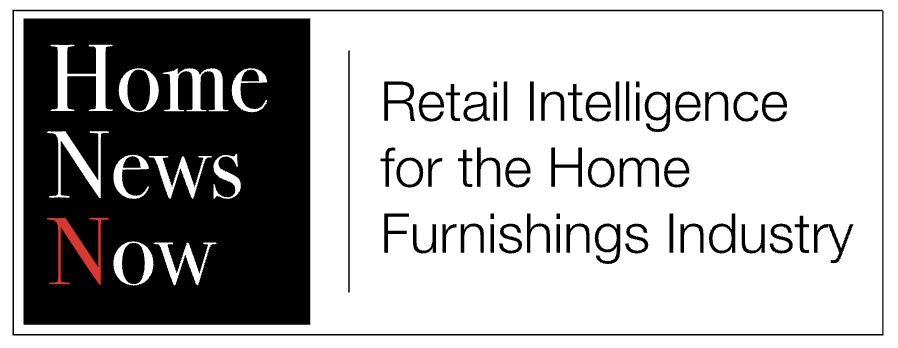Association says costs improved for the 4th consecutive month, supported by lower mortgage rates and a growing housing supply
WASHINGTON — Data from the Mortgage Bankers Association showed homebuyer affordability improved in September, the fourth consecutive month that affordability rose based on the group’s Purchase Applications Payment Index.
According to the index, the national median payment applied for by purchase applicants fell to $2,067 from $2,100. The payment index shows how new monthly mortgage payments vary across time — relative to income — using data from MBA’s Weekly Applications Survey.
The national PAPI decreased 1.6% percent to 155 in September from 157.5 in August. According to the data, preliminary estimates of median earnings, based on pre-shutdown August data, were up 3.2% compared to one year ago, while payments increased 1.3%.
Officials said the growth in earnings means that the PAPI is down 1.9% on an annual basis, meaning affordability is higher. For borrowers applying for lower-payment mortgages (the 25th percentile), the national mortgage payment decreased to $1,418 in September from $1,455 in August.
“Affordability improved for the fourth consecutive month, supported by lower mortgage rates and a growing housing supply,” said Edward Seiler, MBA’s associate vice president of Housing Economics and executive director of the Research Institute for Housing America. “Affordability conditions have strengthened steadily throughout 2025, and with mortgage rates expected to stabilize and home prices remaining flat, we anticipate slightly stronger housing demand heading into 2026.”
Officials explained that an increase in MBA’s PAPI — indicative of declining borrower affordability — “means that the mortgage payment to income ratio is higher due to increasing application loan amounts, rising mortgage rates or a decrease in earnings.” Thus, a decrease in the PAPI — indicative of improving borrower affordability — “occurs when loan application amounts decrease, mortgage rates decrease or earnings increase.”
Meanwhile, the Builders’ Purchase Application Payment Index showed that the median mortgage payment for purchase mortgages from MBA’s Builder Application Survey decreased to $2,162 in September from $2,210 in August.
Other key findings of the September survey are shown below:
+ The national median mortgage payment was $2,067 in September 2025 — down $33 from August. It was up by $26 from one year ago, equal to a 1.3% increase.
+ The national median mortgage payment for FHA loan applicants was $1,792 in September, down from $1,863 in August but up from $1,753 in September 2024.
+ The national median mortgage payment for conventional loan applicants was $2,105, down from $2,112 in August but up from $2,053 in September 2024.
+ The top five states with the highest PAPI were: Idaho (242.4), Nevada (229.9), Arizona (206.6), Rhode Island (205.9) and Florida (196.8).
+ The top five states with the lowest PAPI were: Louisiana (114.3), Connecticut (120.8), West Virginia (121.6), Alaska (122.7) and New York (122.9).
+ Homebuyer affordability increased for Black households, with the national PAPI decreasing from 156.9 in August to 154.4 in September.
+ Homebuyer affordability increased for Hispanic households, with the national PAPI decreasing from 146.6 in August to 144.3 in September.
+ Homebuyer affordability increased for white households, with the national PAPI decreasing from 158.5 in August to 156.0 in September.
As affordability increases, so does the consumer’s ability to purchase things like furniture. Thus, even a modest decrease in the monthly mortgage rate can encourage consumers to put that extra money toward a sectional, dining set or a bedroom as the monthly payments required with zero or low interest financing also can be relatively small.




